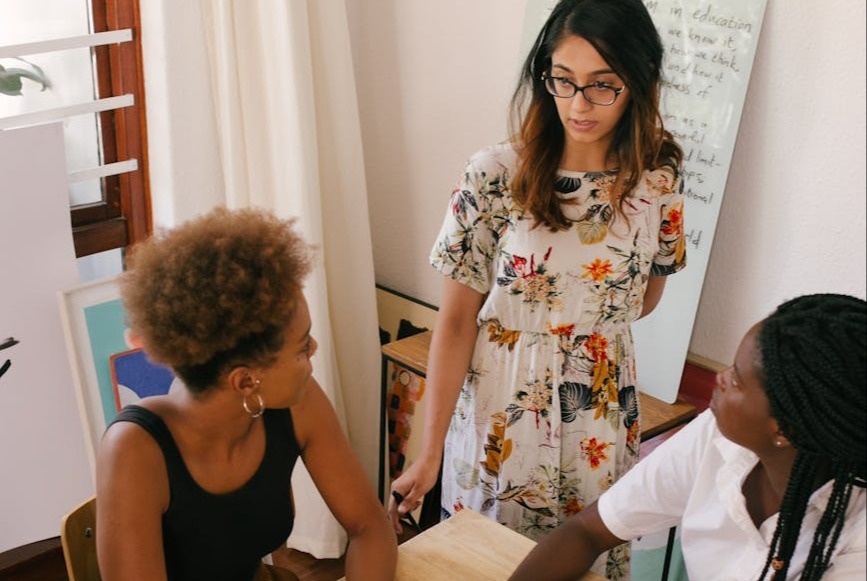Metrics now dominate the scene. Teaching quality scores, research output counts, citation indexes — all these numbers play a big role in who gets funding, who gets promoted, and which institutions rise in the rankings. While the idea is to reward excellence, there’s a real risk that important but less “measurable” research gets sidelined.
Funding has shifted too. Industry is more involved than ever, often prioritising highly applied research with immediate commercial potential. That leaves fundamental research fighting for attention, despite being the foundation for long-term innovation.
Academic performance and impact are conventionally measured by bibliometrics such
as citation volumes (Adriaanse et al., 2024). In recent decades, with the consolidation of
digital scholarship, altmetrics have been introduced to measure impact via digital
channels, also seen to represent 'attention'.
These metrics are important to academics and institutions alike, as they are proxies for
research impact, a matter that is of high current importance in the sector (Jordan,
2022). Additionally, these measures, bibliometrics in particular, provide academics with
performance scoring, which signal their authority in their field and can lead to positive
outcomes such as promotions, tenure, and grant attainment (Taylor et al., 2023).
In recent years there has been an increased attention on social media usage by
individual academics, in the hope of increasing propagation of their work, building their
networks and professional development (Chugh et al., 2020). However, the success in
achieving higher readership and citation rates or published works, as well as the impact
on altmetric scores has been mixed. While there are studies that show correlation
between social media activity and academic metric scoring (Klar et al., 2020), there is
scepticism surrounding the value of academic social media activity.
Furthermore, there is heated debate around the ethics of using social media to increase
measures like citations, with some seeing this as a way of 'gaming' the system and
undermining academic integrity (Koskinen et al., 2023). There is, however, also an
argument to say that increased dissemination of research outputs in formats, language
and modes that make the research more accessible to a wider audience constitutes
higher societal impact and education of the general public (Zhang and Lu, 2023). While
some academics refuse to be 'coerced' into spending time on social media, we are also
seeing a rise in education influencers, in a similar fashion to the more traditional
concept of social media influencers (Gil-Quintana and Vide de Leon, 2021).
Across social media marketing there exist an array of theoretical and practical models that academics could adopt to increase the performance of their professional social
media activities. However, there is little evidence of empirical testing of the
effectiveness of applying models to the unique context of academia, in particular in the
specific area of research dissemination.
At the same time, digital tools like Google Scholar, ResearchGate and social media have made it easier for academics to share their work and build visibility. And while that’s great for reach, it also means that citation games and strategic networking can sometimes inflate impact metrics.
The challenge now? Balancing visibility with substance. Being seen is important, but maintaining the quality and integrity of academic work matters even more. As the sector keeps evolving, finding smarter, fairer ways to evaluate research and engage with digital platforms will be key.
References
Adriaanse, L., Niemand, C. J. P. and Rensleigh, C. (2024) Altmetric and bilbiometric indicators for acdemic social networks: Academia.edu & ResearchGate. South African Journal of Information Management. 26(1).
Chugh, R., Grose, R and Macht, S. A (2020) Social media usage by higher education academics: A scoping review of the literature. Education and Information Technologies. 26, pp. 983-999.
Gil-Quintana, J and Vida de Leon, E (2021) Education Influencers on Instagram: Analysis of Educational Channels, Audiences and Economic Performance. Publications. 9(43).
Jordan, K. (2022) Academic perception of research impact and engagement through interactions on social media platforms. Learning, Media and Technology. 48(3), pp. 415-428.
Klar, S., Krupnikov, Y., Ryan, J. B., Searles, K. and Shmargad, Y. (2020) Using social media to promote academic research: Identifying the benefits of twitter for sharing academic work. PLoS ONE. 15(4).
Koskinen, J., Kimppa, K. K. and Lahtiranta, J. (2023) Quantified academics: Heideggerian technology critical analysis of the academic ranking competition. Information Technology & People. 37(8), pp. 25-42.
Taylor, M. Y., Taylor, Z. and Childs, J. (2023) "This would not count": Do institutions of Higher Education support faculty as public intellectuals? Journal of Higher Education Management. 38(2), pp. 1-18.
Zhang, A. L. and Lu, H. (2023) Scientists and Influencers: The role of source identity, self-disclosure, and anti-intellectualism in science communication on social media. Social Media and Society. 9(2), pp. 1-16.




